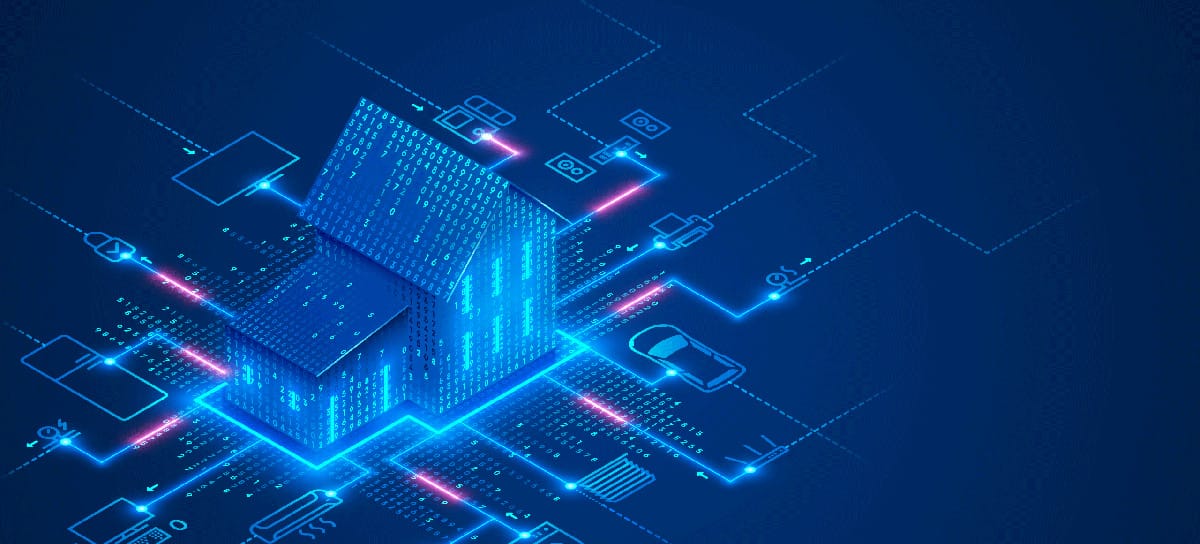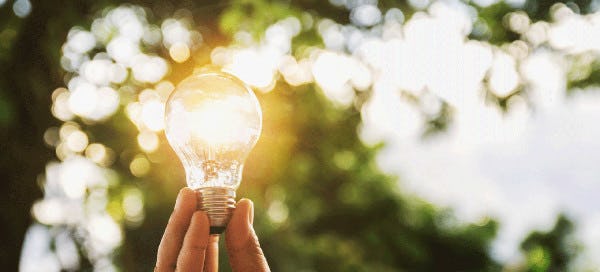Every day, we flip on a light switch, charge our phone, or run the dishwasher without thinking twice. But from an electricity standpoint, these everyday actions are part of an incredible balancing act.
Behind the scenes, massive grid systems—spanning hundreds of thousands of square miles—must match electricity supply and demand perfectly every single second. If they don’t, the whole system risks failure.
Most people assume that the supply side is what really matters. After all, we tend to notice electricity only when the power goes out or when we get a high electric bill. But electricity demand is just as important—and it’s something we, as Texans, can actually influence.
What Is Demand Response?
Demand response is the idea that instead of always generating more electricity to meet demand, utilities and energy providers can also manage consumption itself.
Here’s how it works: through price signals, rewards, and smart technology, energy companies encourage customers to use less electricity during certain times—especially when demand is highest.
This doesn’t mean sacrificing comfort or convenience. In fact, smart demand response strategies can help shift usage without affecting your lifestyle. That way, you can still enjoy your home security systems, warm showers, AC, and football games on the big screen. All while reducing stress on the grid.
Want to learn more about how Texans can save by adjusting when they use power? Check out our guide on Time of Use electricity plans.
Why Demand Response Matters
Our society runs on electricity, but we don’t use it evenly throughout the day or year.
In Texas, for example, demand peaks on only a handful of summer days when everyone’s AC is blasting. In 2020, ERCOT’s peak demand hit 74,328 MW, but in many months, demand was far lower, sometimes under 60,000 MW.
That means billions of dollars in infrastructure are built just to cover those rare peak hours. If more Texans shifted energy usage to lower-demand times, we could reduce the need for new infrastructure and lower electricity costs across the board.
Demand Response & the Environment
Demand response isn’t just about lowering bills. It’s also about reducing pollution.
When the grid is strained, utilities often fire up peaker plants, which are some of the dirtiest and most expensive generators. These plants release high levels of carbon dioxide, nitrogen oxides, and other harmful pollutants.
By lowering demand during these critical times, Texans can help:
Reduce greenhouse gas emissions
Minimize air pollution from peaker plants
Support the transition to clean energy sources like Texas wind and solar
For more on how clean energy is shaping our state, read our post on Texas wind energy.
How Rhythm Helps Texans Participate
At Rhythm, we make it easy for customers to benefit from demand response. With our 100% renewable energy plans backed by Texas wind, you can:
Lower your energy bill by using more electricity when it’s cheapest
Reduce your carbon footprint with clean, local energy
Gain peace of mind with customer-first support from our award-winning team




